Buenos Aires, the cosmopolitan capital of Argentina, is a city that has a mix of European sophistication and Latin American spirit. Famous for its vibrant culture, energetic tango shows, and ancient buildings, it is an experience not to be missed. From the bohemian streets of La Boca to the chic Recoleta neighborhood, the city has varied attractions. Travellers can indulge in world-class food, visit museums, and shop in lively markets. Whether walking through the quaint neighborhoods or gazing at the legendary Obelisco, this city charms with its vibrancy and charisma.
About Bueno Aires
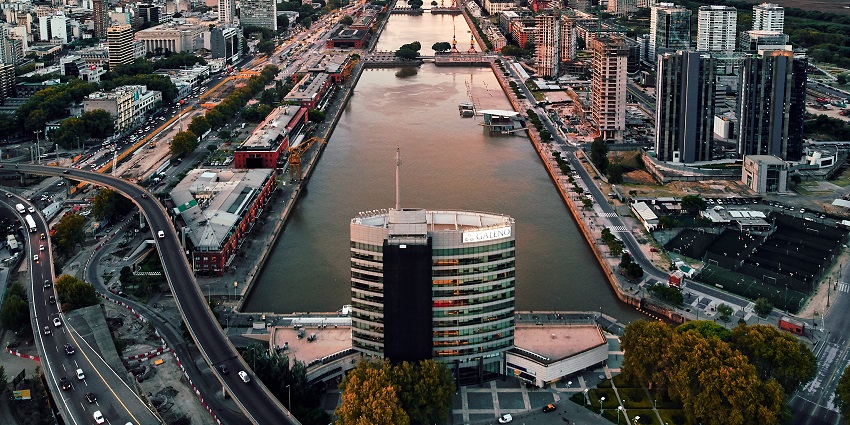
Photo: Deensel / Wikimedia Commons
The capital of Argentina, Buenos Aires, is a lively, cultural, and charming city. Renowned for its European-style architecture and vibrant neighborhoods, it offers an epitome of the past and the modern era. From the raucous streets of La Boca to the upscale Recoleta neighborhood, every corner has something to offer. The city is famous for tango music, raucous cafes, and state-of-the-art cuisine.
Location
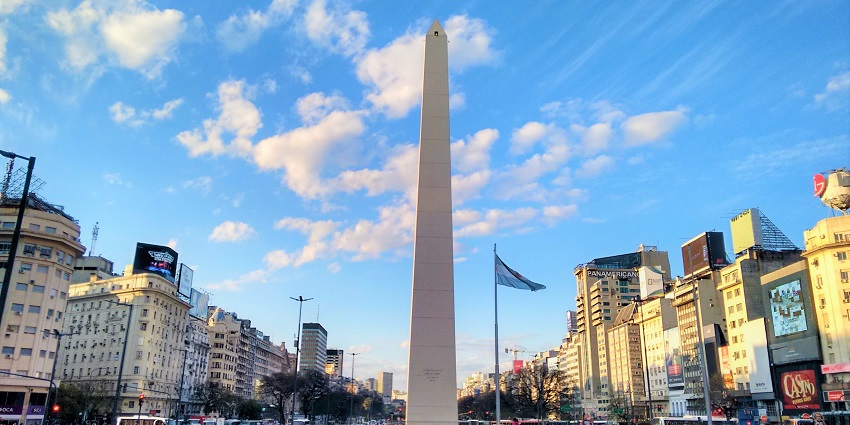
Photo: Sebastianalmaraz / Wikimedia Commons
This city is situated on Argentina ‘s eastern seaboard, bordering the Río de la Plata. It is set in the Pampas plain, with its surroundings being even plains that are fertile. It is approximately 1,200 kilometers (750 miles) to the northeast of Patagonia and approximately 1,000 kilometers (620 miles) from the Atlantic Ocean to the east. It is bounded by the province of Entre Ríos to the north and is located near Uruguay, making it one of the main gateways for South American travel.
How To Reach Buenos Aires
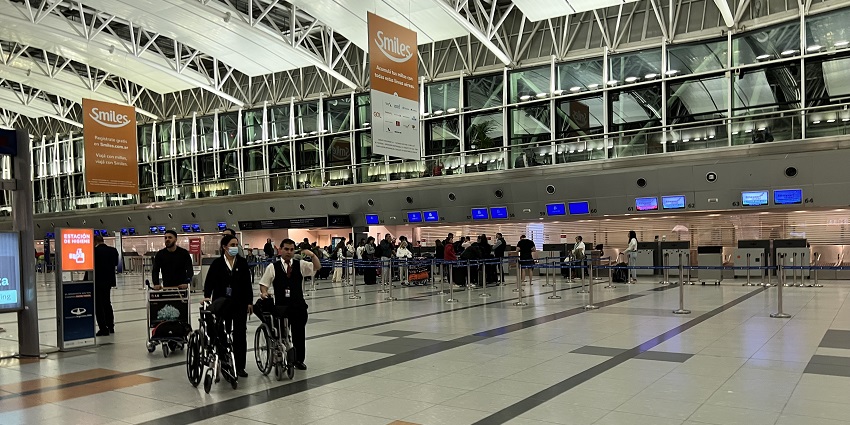
Photo: Vmzp85 / Wikimedia Commons
By Air: Two principal airports serve Buenos Aires: Ministro Pistarini International Airport (Ezeiza) and Aeroparque Jorge Newbery. Ezeiza serves most international flights, while Aeroparque serves domestic and regional flights. Both airports have taxis, buses, and car rentals for convenient access to the city center.
By Road: Long-distance buses service Buenos Aires with major Argentine and neighboring countries’ cities. The intercity bus service has its main terminal at the Retiro Bus Terminal.
By Train: Though not very popular, trains connect Buenos Aires with surrounding provinces with scenic travels and affordable fares.
Things To Do In Buenos Aires
Here is a list of best experiences to have and things to do in Buenos Aires for a memorable journey;
1. Go To La Boca Neighborhood
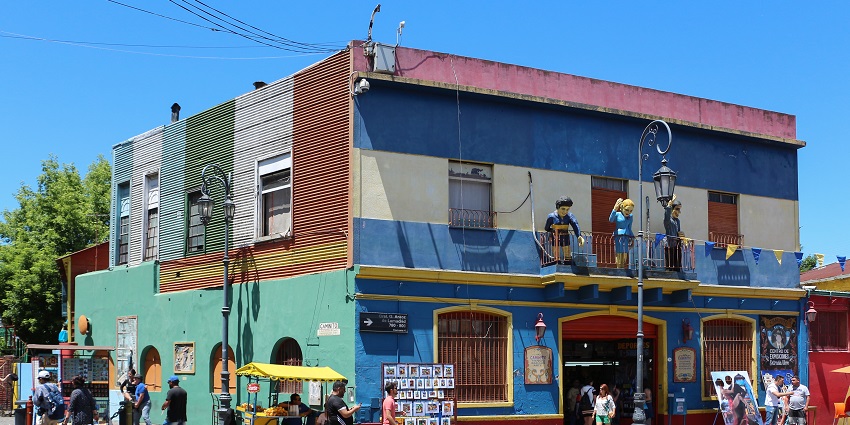
Photo: Bernard Gagnon / Wikimedia Commons
La Boca is a vibrant neighborhood that has its own lively avenues, boisterous atmosphere, and energetic culture. The tourists get to walk through the famous Caminito Street, view the vibrant murals, and be treated to an impromptu tango show. The local art shops, cafes, and street food ensure that the area gives the genuine Buenos Aires feel. Its musicality, arts, and culture make it one of the sites that the visitors cannot but visit when in the city.
Location: Recoleta, Buenos Aires
Highlights: Mausoleums, elaborate memorials, statues
2. Visit The Recoleta Cemetery
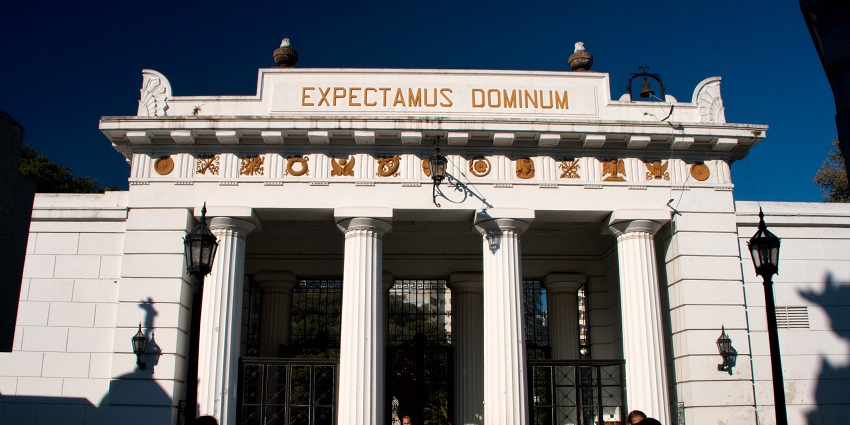
Photo: Christian Haugen / Wikimedia Commons
Recoleta Cemetery is a renowned historic site with beautiful mausoleums and the final resting place of Eva Perón. Its beautiful marble tombs and sculptures are the secret to the magnificent architecture of Buenos Aires. The tourists tread over the tangled pathways, get to know the history of Argentina, and bask in the art.
Location: Recoleta, Buenos Aires
Highlights: Eva Perón’s mausoleum, historic sculptures, guided tour
Best Time To Visit: Early morning or early afternoon
3. Walk Through Palermo Soho
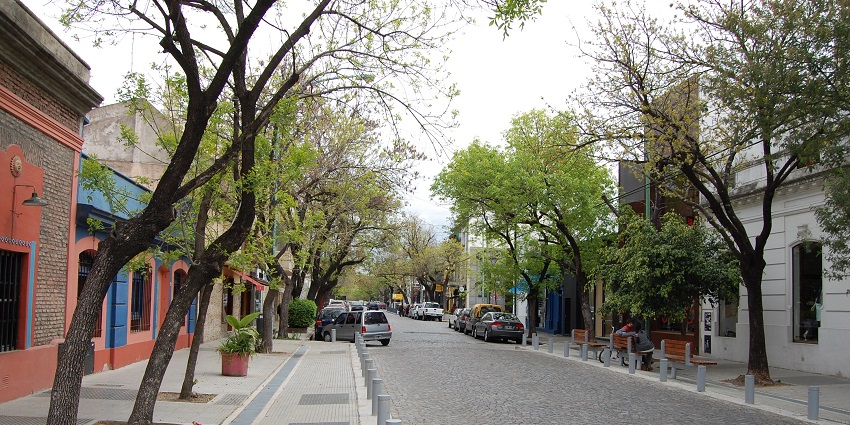
Photo: Brian Barbutti / Wikimedia Commons
Palermo Soho is a fashionable neighborhood in Buenos Aires, famous for its boutiques, trendy cafes, and vibrant street murals. Tourists can browse for offbeat fashion, dine on local food, and appreciate new artwork. The neighborhood is also renowned for its nightlife, with active pubs and nightclubs keeping the party going late into the night. Its free-spirited atmosphere and creative appeal have made it a favorite place to visit during the day and in the evenings.
Location: Palermo, Buenos Aires
Highlights: Nightlife, cafes, street art
4. Dance The Tango At A Milonga

Photo: Adrian Gonzalo / Pexels / Image For Representation Only
Tango is a significant aspect of Buenos Aires culture, and attending a milonga is an experience. Dance parties are social gatherings that provide energetic performances and provide dancers with classes in order to learn during the party. Live music is a typical feature at busy spots, which provides a fun and romantic ambiance. Whether to watch it or to dance on the dance floor, a night out at a milonga is characteristic of the city.
Location: Various milongas in different parts of Buenos Aires
Highlights: Live music, classes, social dancing
5. Shop And Stroll At San Telmo Market

Photo: Phillip Capper /Wikimedia Common
San Telmo Market is one of the most sought-after places with antique stores, crafts, and live shows. Tourists can walk through old-fashioned shops, taste local cuisine, and enjoy live shows. The lively atmosphere and exclusive souvenirs available in the market make visitors want to spend a weekend here. It is a perfect spot to immerse oneself in Buenos Aires’ culture and buy authentic souvenirs.
Location: San Telmo, Buenos Aires
Highlights: Antiques, street food, live performances
Best Time To Visit: Sundays for the entire market experience
Places To Visit In And Around Buenos Aires
Here is a list of some of the best places to visit in Buenos Aires offering a remarkable experience:
1. Plaza De Mayo

Photo: Mx._Granger / Wikimedia Commons
Plaza de Mayo is the political and historic heart of Buenos Aires, surrounded by renowned landmarks. It boasts the Casa Rosada, the presidential palace with its iconic pink frontage. Travelers can go to the Metropolitan Cathedral, which houses the tomb of General San Martín, Argentina’s national hero. The square also hosts routine political demonstrations and cultural activities. Plaza de Mayo is a window to Argentina’s history and current state with its wealth of heritage and prime location.
Location: Downtown Buenos Aires
Highlights: Casa Rosada, Metropolitan Cathedral, historical events
2. Teatro Colón
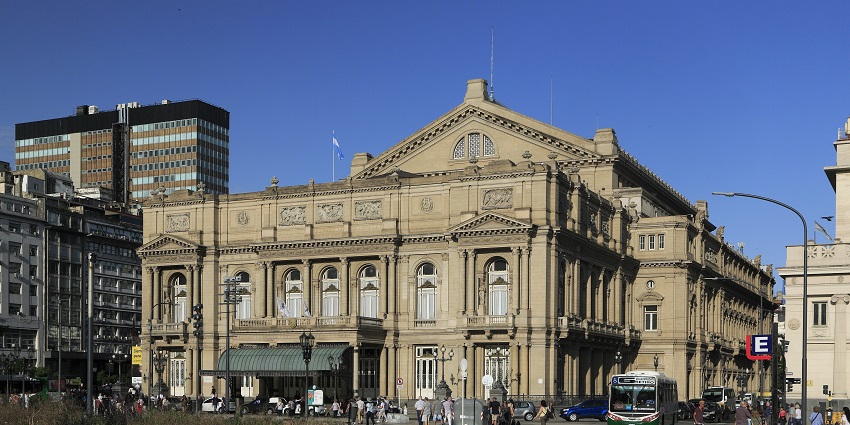
Photo: Falk2 /Wikimedia Commons
Teatro Colón is an internationally famous opera house, considered a wonder for its striking architecture and magnificent acoustics. Opened in 1908, it hosts ballet, opera, and classical music performances. Its awesome auditorium, lavish decorations, and minute frescoes may be admired by visitors during guided tours. The history of this theatre, combined with the refined architecture, makes this an epicenter of the cultural landmark of Buenos Aires.
Location: Cerrito 628, Buenos Aires
Highlights: Opera, ballet, guided tours
3. Palermo Woods
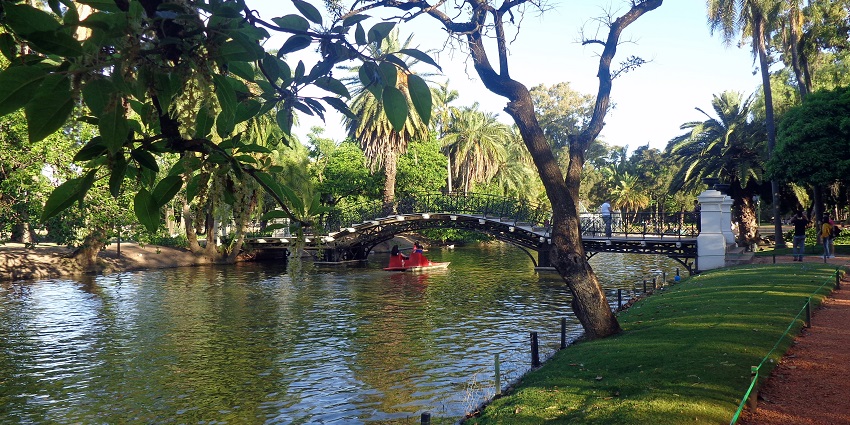
Photo: Roberto Fiadone / Wikimedia Commons
Palermo Woods is the biggest park in Buenos Aires, with beautiful walking paths, rose gardens, and peaceful lakes. It’s ideal for jogging, biking, or a relaxing picnic. The crown jewel is the world-renowned Rosedale Garden, which boasts more than 18,000 roses, producing an awe-inspiring floral spectacle. With its verdant foliage and peaceful atmosphere, the park provides a welcome respite from the urban bustle.
Location: Palermo, Buenos Aires
Highlights: Rosedale Garden, walking trails, serene lakes
Where To Stay

Photo: Pixabay / Pexels / Image For Representation Only
This city has a variety of accommodations, ranging from different budgets and tastes. For the luxurious, there are Recoleta and Palermo with high-end hotels that have refined amenities. For boutique accommodations, visitors can choose quaint guest houses in San Telmo, which is famous for its old-world atmosphere. There are also hostels and Airbnb apartments available on a shoestring budget in areas such as Monserrat and Congreso.
Where To Eat

Photo: Nerfee Mirandilla / Pexels / Image For Representation Only
This city is a food paradise, with a range of dining options. For traditional Argentine cuisine, go to Don Julio, a popular steakhouse in Palermo, known for its expertly grilled meats. Locals and foodies looking for street food can go to San Telmo Market, where empanadas, choripán, and handmade goodies are a must-try. For upscale dining, El Preferido de Palermo serves modern Argentine cuisine with a twist. From relaxed cafes to upscale restaurants, the city’s multi-ethnic gastronomy ensures an exciting culinary journey.
Best Time To Visit
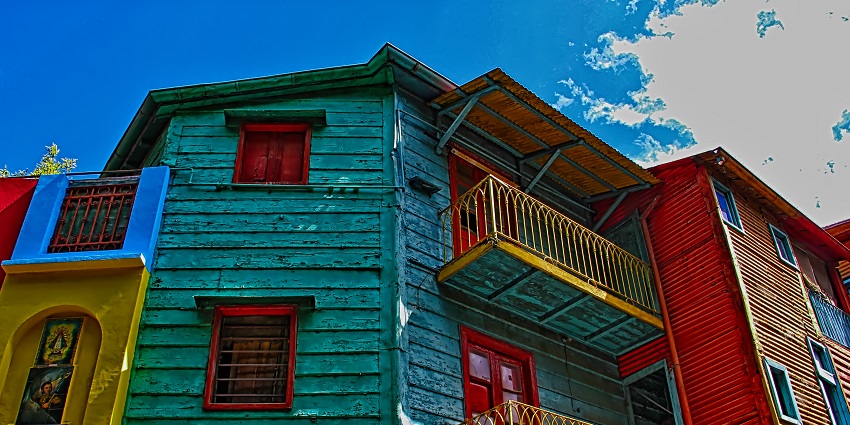
Photo: CC0 Public Domain / Image For Representation Only
The ideal time to travel is in spring (September to November) and autumn (March to May). The weather is moderate with mild temperatures during these seasons, making it suitable for exploring and outdoor activities. Jacaranda trees are in bloom in the spring, painting the streets with beautiful scenes, while autumn has leaves changing colors and a warm atmosphere.
Other Factors To Consider

Tips For Travellers
- Buenos Aires has a good bus and metro network. Purchase a SUBE card to travel conveniently.
- Small shops and cafes usually prefer to accept cash, so carry some pesos with you.
- Learning a few common Spanish words will make your trip better, since many locals only use Spanish.
Buenos Aires, Argentina, is an engaging city that combines deep history, rich culture, and cosmopolitan charm. From visiting historic landmarks such as Plaza de Mayo to witnessing the tango vibrancy of the city, there is something for all types of travelers. Whether walking through lively neighborhoods, sampling local dishes, or exploring the vibrant markets, the city creates lifelong memories. Book now with TripXL for the ultimate travel experience!
Cover Photo: Matheus De Moraes Gugelmim / Pexels


 WhatsApp
WhatsApp
 Twitter
Twitter









